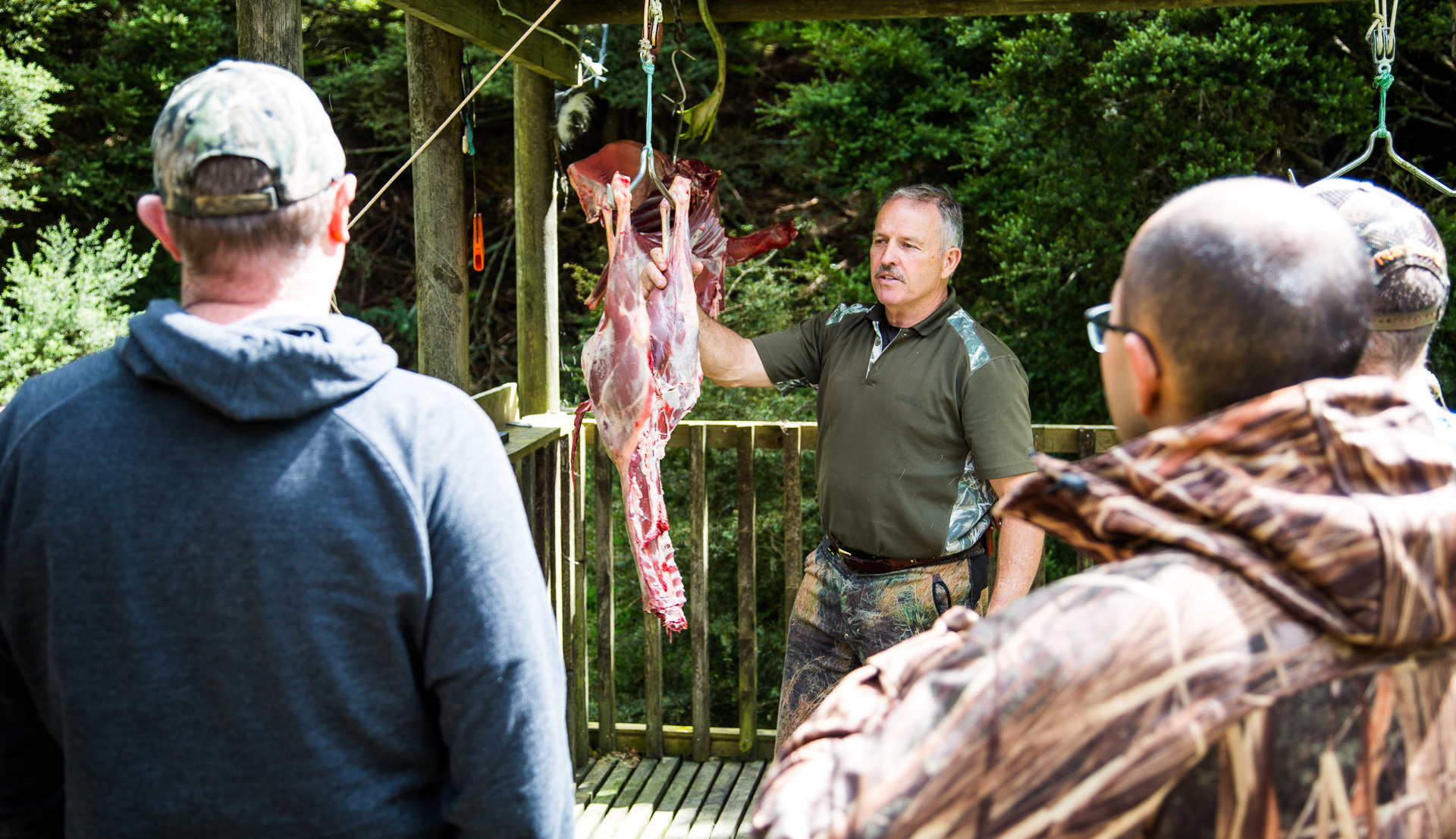I thought it was time to reshare this video and put together some tips for the first or fiftith time you find yourself breaking down an animal!
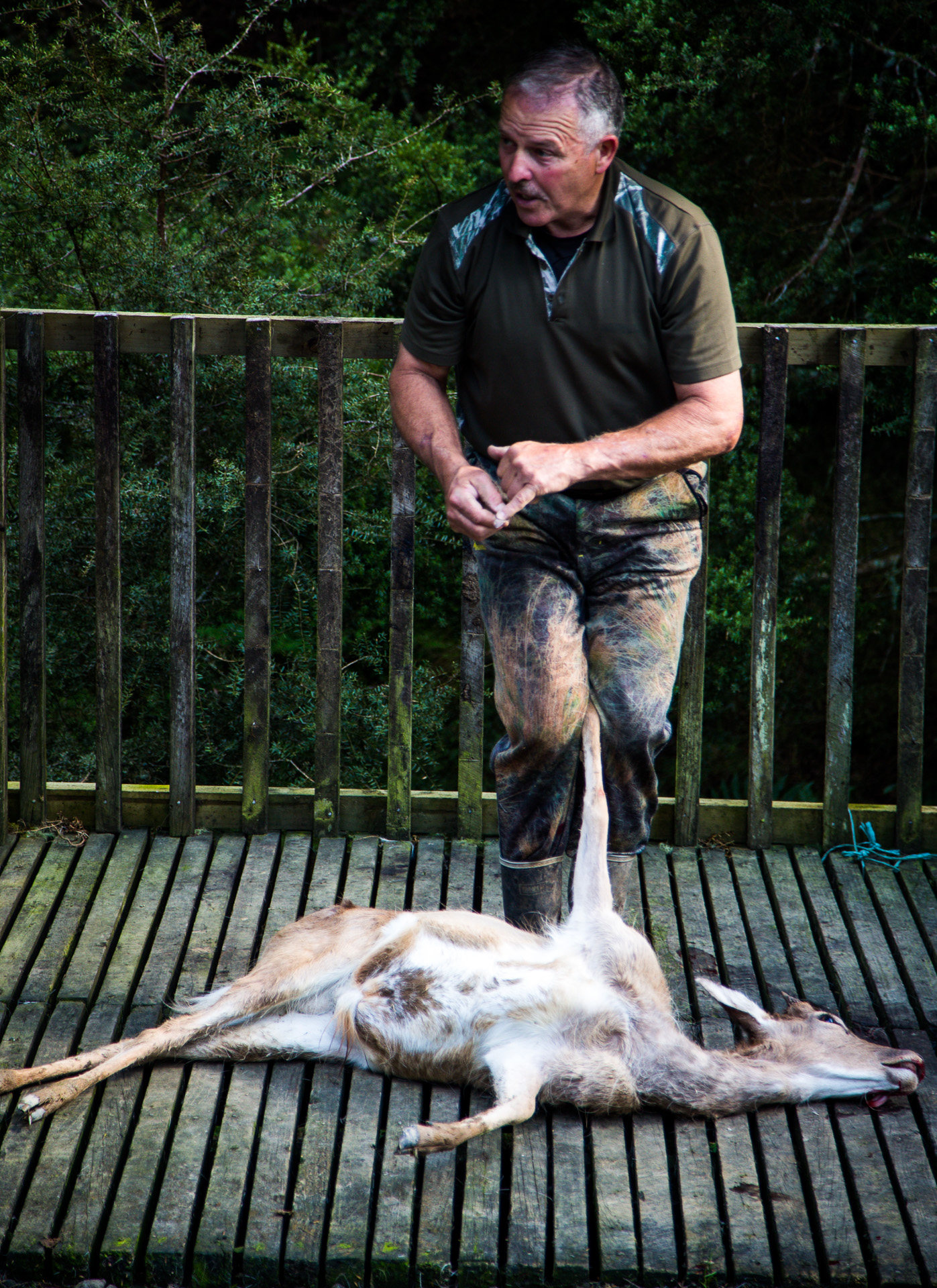
Mastering the Art of Deer Preparation
Reflecting on the times I’ve ventured into the wild, the art of deer preparation has become a deeply personal journey. It’s a process that requires not just skill, but an understanding of the life you’ve harvested. As you stand in nature’s vast embrace, it’s essential to approach this task with respect and gratitude for the gift you’ve been given. The transformation of game into a source of nourishment is a ritual that connects us to a tradition as old as time itself.
The greatness of a nation and its moral progress can be judged by the way its animals are treated.
– Mahatma Gandhi
When you’re out there, knife in hand, your senses sharpen, grounding you in the present moment. The whisper of the forest or the crisp rustle of leaves reminds you of the enormity of the experience. Mastering this art goes beyond the mechanical actions of cutting and slicing. It involves developing an intuition for where to place your blade. A sense of purpose and respect guides each cut.
Success in deer preparation is built on the foundation of knowledge and practice. Envision yourself melding tradition with technique, gradually honing your abilities with each expedition. Allow each experience to inspire, teaching lessons in patience, precision, and respect for the natural world. This journey, with its trials and triumphs, enriches your skills and deepens your connection to the art of deer preparation.
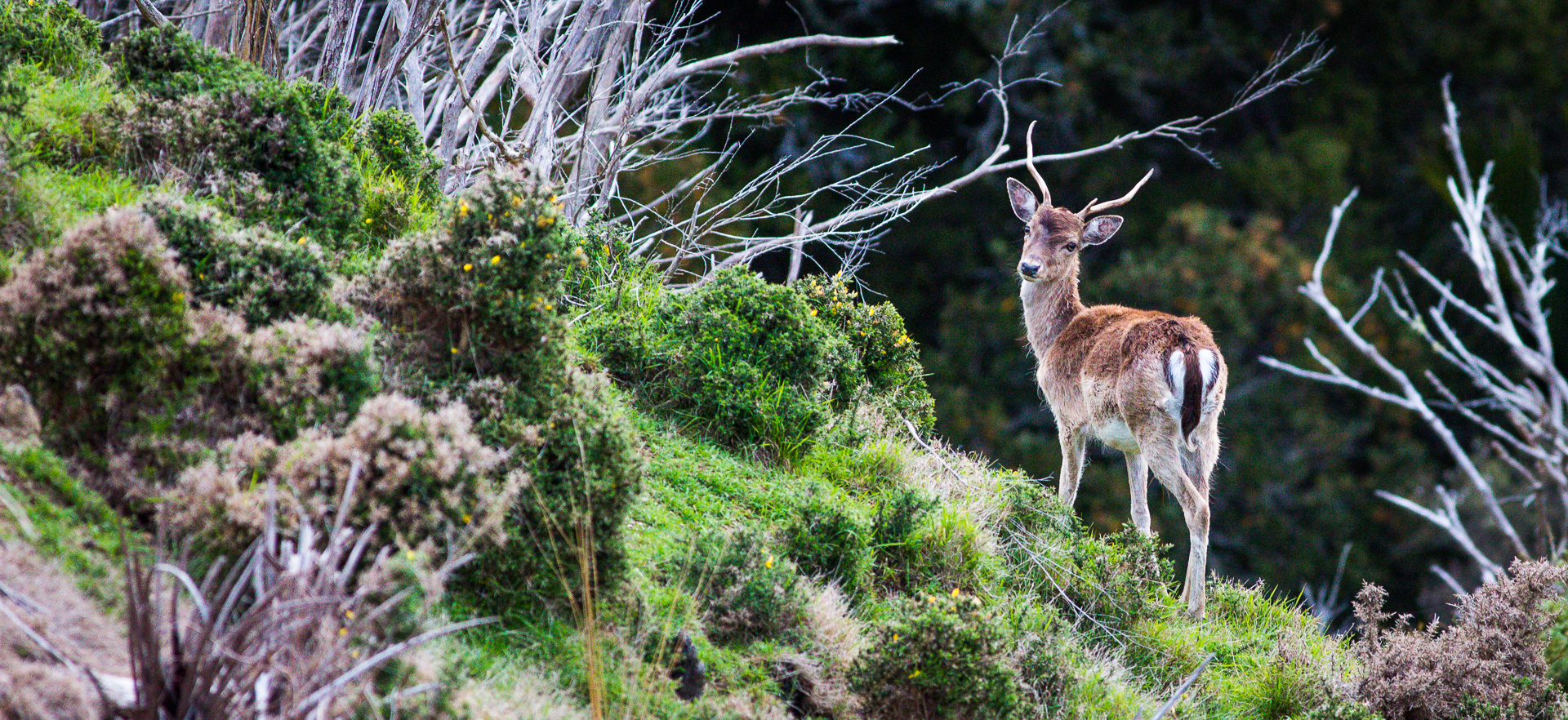
Step-by-Step Guide to Skinning a Deer
Like any skill, skinning a deer is honed with experience and patience. It can feel daunting the first few times, but trust me; it becomes as natural as any other task when you give yourself the grace to learn. Let’s walk through the steps together, and by the end, you’ll be more confident in your ability to handle the task in the field.
The key to this method is securely positioning the deer, preferably hanging from a gambrel and hoist. This elevation makes the process smoother and less cumbersome. If you’re beginning without such equipment, don’t fret – a sturdy rope over a reliable tree branch can serve just as well. This setup helps you maintain a stable base from which to work.
Once your deer is in place, deliberate incision the leg just above the knee joints. These initial cuts are crucial as they set the stage for a seamless skinning process. Imagine peeling an orange; the rest can almost peel away effortlessly if you find the right starting point.
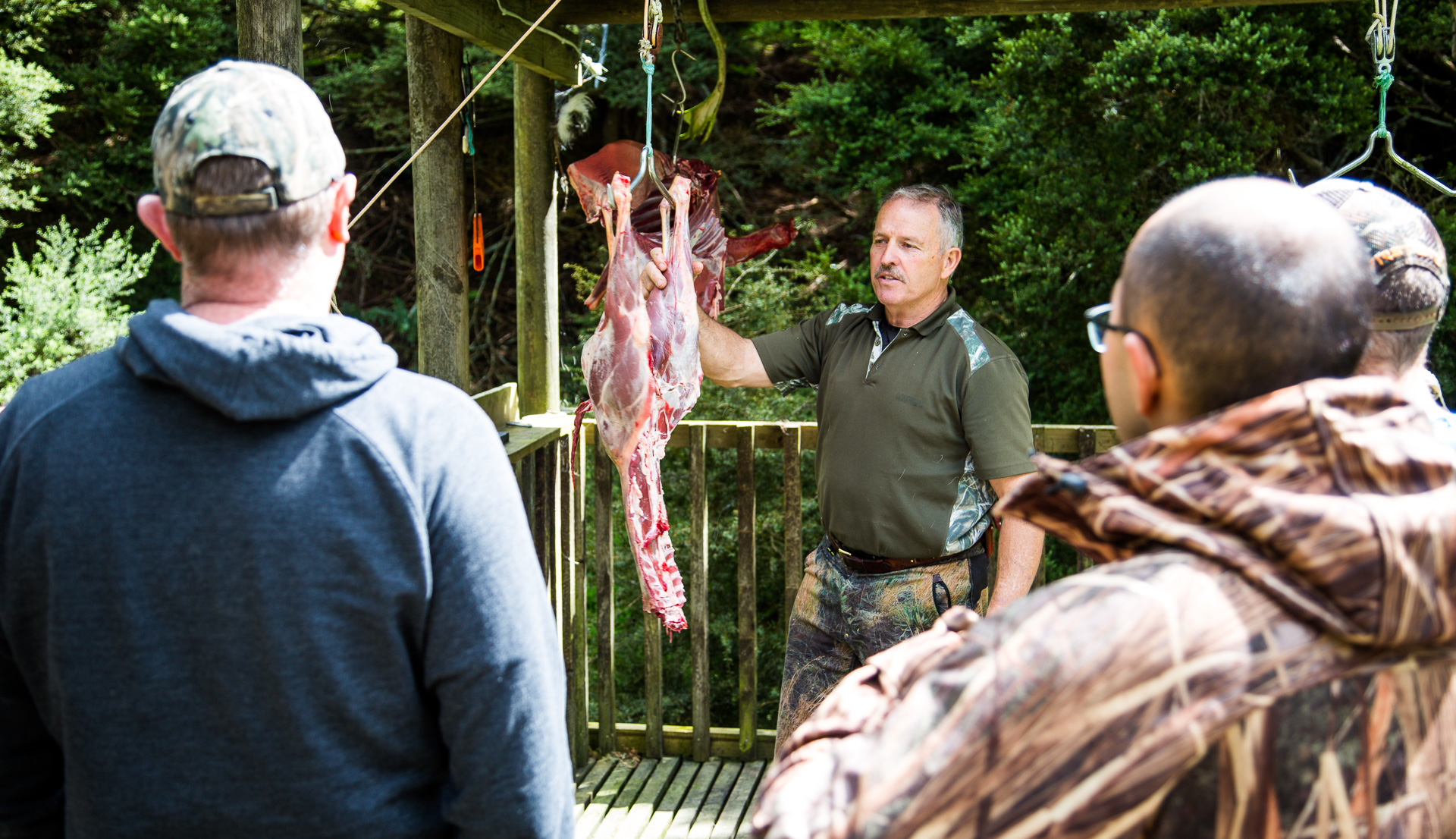
From here, it’s all about finding a rhythm. Start carefully peeling the skin away from the flesh, and don’t rush it. This is not a race. Slide your hand between the skin and muscle, using it as a guide more than the knife. The knife should be a precision tool, aiding your hand’s natural motion.
As you work, remember to keep the skin taut and work your way downward. When you pull with one hand and cut with the other, you’ll find that the skin more readily separates, reducing the risk of tearing and the likelihood of leaving bits of hair behind. Patience is your ally here.
If on the ground, rolling the carcass onto its skinned side allows you to access the untouched half. This technique keeps the meat from dirt and improves your workflow.
Finally, stand back and quietly acknowledge the progress you’ve made. Every deer you process is a testament to the knowledge you’ve gained and the journey you’ve embarked upon.
Preserving Meat Quality: Key Considerations
As the crisp air nips at your fingers and the rustle of leaves echoes your heart’s anticipation, a successful hunt culminates in a deer at your feet. Yet, here lies the delicate task of preserving its essence—the meat. Tender and flavourful, venison graces the table with robustness born from the land, and its quality hinges on the care we take during those critical processing moments.
Temperature is your first guardian angel in this endeavour. Swiftly cooling the carcass is paramount. It’s not simply about chilling; it’s about locking in freshness and warding off unwelcome bacteria. The very essence of the wild, captured in that moment of stillness, is preserved as you cool and properly age the meat.
Using a sharp knife can reduce processing time by 20%
Next, embrace the art of precision. As you make those first cuts, picture the finished meal and the joy it’ll bring. Focus on the tenderloins, those prized portions nestled deep within the deer. Precision here maximizes yield. Each cut, deliberate and respectful, is a passage in the story of your bounty.
For additional peace of mind, use high-quality game bags. These protect the meat from contaminants, allowing nature’s work to remain untarnished by the journey ahead. Picture the bags as guardians, wrapping their charge carefully against external elements, readying each piece for storage and, eventually, the table.
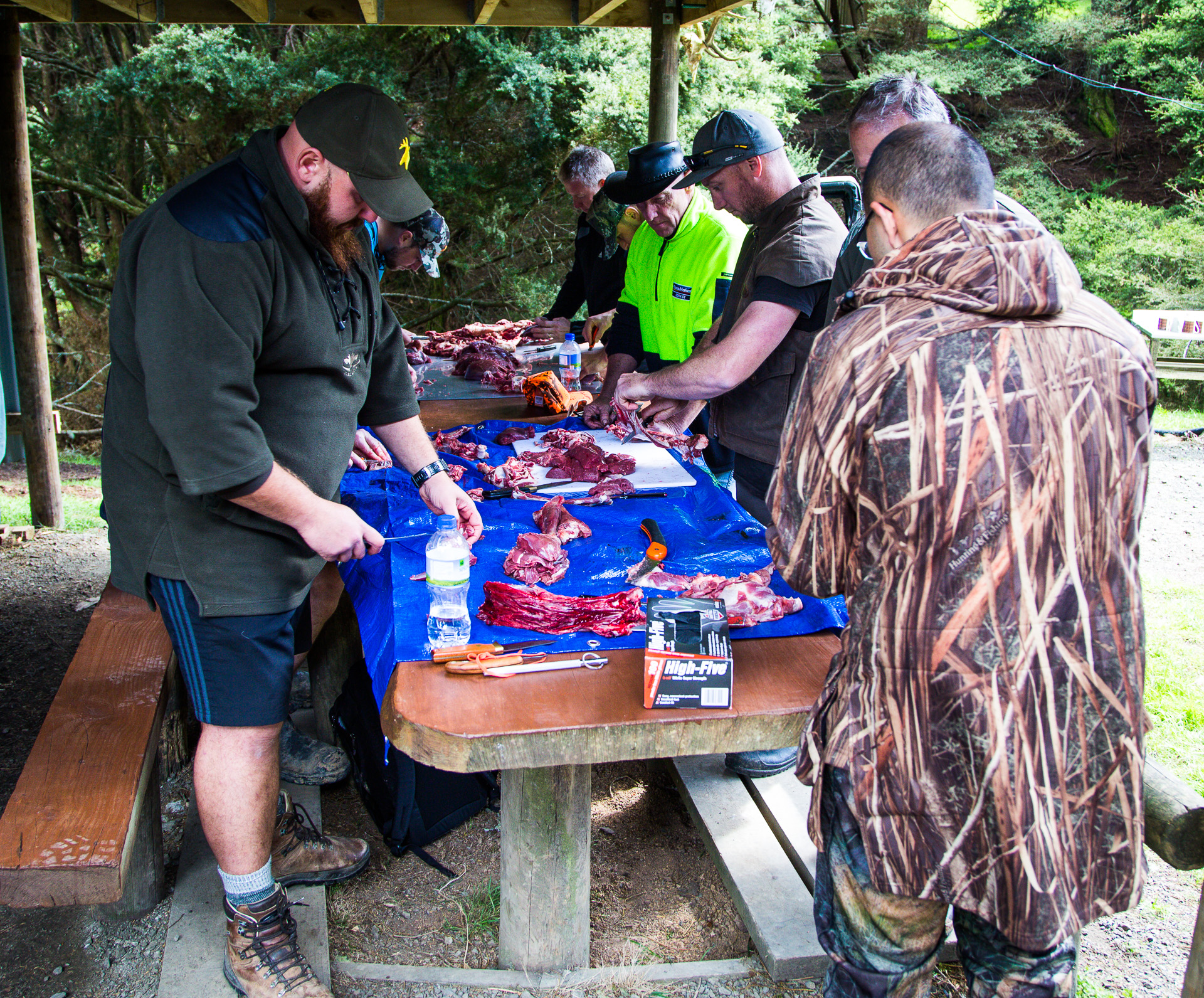
- A clean tarp or dropcloth ensures that the meat remains uncontaminated when laid out for processing.
- A sturdy table or cooler top can provide a stable surface to work on, making the process more efficient.
- Proper handling and processing of deer in the field is essential for preserving the quality of the venison.
- Field processing helps prepare venison for freezer storage, enhancing flavour and texture.
- Quickly cooling the carcass is vital in reducing the risk of bacterial spoilage and keeping the meat safe for consumption.
- Wearing gloves during skinning and butchering helps prevent the spread of contaminants.
- Bagging and labelling organs can help in their organised consumption or usage later.
Top Mistakes to Avoid When Skinning a Deer
Firstly, the importance of using a sharp knife cannot be overstated. I recall a few times when impatience led me to work with a less-than-ideal blade, only to end up mangling the meat and frustrating myself. A sharp knife ensures clean cuts and enhances safety by reducing the need for excessive force. So, invest in a good quality knife and keep it sharp—it’s your best ally in the process.
Another common mistake is neglecting to secure the deer properly. The deer must be stable, whether hanging it or working on the ground. I remember the struggle of working with a deer that wasn’t correctly hung, which can lead to uneven cuts and potential injury. Taking a few extra moments to secure your game can make a huge difference.
Patience is truly a virtue when trimming and cutting venison. In the eagerness to proceed, it’s easy to rush through the process, missing out on the finer details that ensure quality. Take time, familiarise yourself with the anatomy, and cut along natural muscle lines. This ensures that your meat is aesthetically pleasing, tender, and flavourful.
Finally, remain mindful of contamination. Dirt and hair on your meat can significantly alter its quality. A tip from my mentor was to gently lay the skin back as you work, preventing any dirt or debris from touching the flesh. It’s a simple trick that pays off immensely in preserving the meat’s purity.
Each hunt, each deer, is an opportunity to learn and to honour the essence of field sports. Avoid these pitfalls, and you’ll find that skinning becomes not only a craft but a rewarding part of your hunting adventure.
Weather Considerations and Their Impact on Processing
Weather plays a more profound role in deer processing than one might initially consider. As I recall my own early experiences, venturing into the unpredictable embrace of nature, it’s clear that preparation extends beyond just tools and techniques. Picture this: a brisk autumn morning, the dew still fresh on the grass, with the air carrying a nip that promises challenges and opportunities. Such conditions are ideal, providing the low temperatures necessary to slow bacterial growth and preserve meat quality naturally.
However, not every day meets us with such cooperation. Sometimes, the sun’s relentless gaze turns the field into an oven, demanding swift action. In warmer conditions, it’s imperative to prioritise cooling the meat as quickly as possible. I’ve found that using a quality cooler lined with ice packs ensures that precious venison remains unspoiled until you complete the more detailed processing steps. Alternatively, a secluded, shaded area can offer refuge from direct sunlight and provide a temporary cool haven.
A true conservationist is a man who knows that the world is not given by his fathers, but borrowed from his children.
– John James Audubon
Conversely, the biting cold of winter adds its own layer of complexity. A knee-deep day in snow can remind you of the importance of warm, layered clothing and gloves that safeguard against the frost while allowing tactile precision. In these moments you realise the real adversary is not just the elements, but your resilience and adaptability. Embrace these challenges with a careful balance of respect and readiness, and they transform into a test of skill rather than an obstacle to fear.
Smart planning around the weather builds skill and a deeper connection with the elements themselves. It encourages a more profound respect for the life cycle and the natural world that sustains us. Remember, each bout with nature is an opportunity to learn and grow; with each successful preparation, you’re not just gaining venison—you’re collecting wisdom in tangible form.
| Weather Condition | Potential Impact on Processing | Recommended Actions |
|---|---|---|
| Cold and Dry | Slows bacterial growth, preserving meat quality | Proceed with standard processing steps |
| Warm and Humid | Accelerates bacterial growth, risks spoilage | Process quickly and use ice to cool meat |
| Rainy | Increases moisture, risking contamination | Ensure clean, dry environment for processing |
| Windy | Dries out meat surface, potentially toughening skin | Keep meat covered to prevent drying |
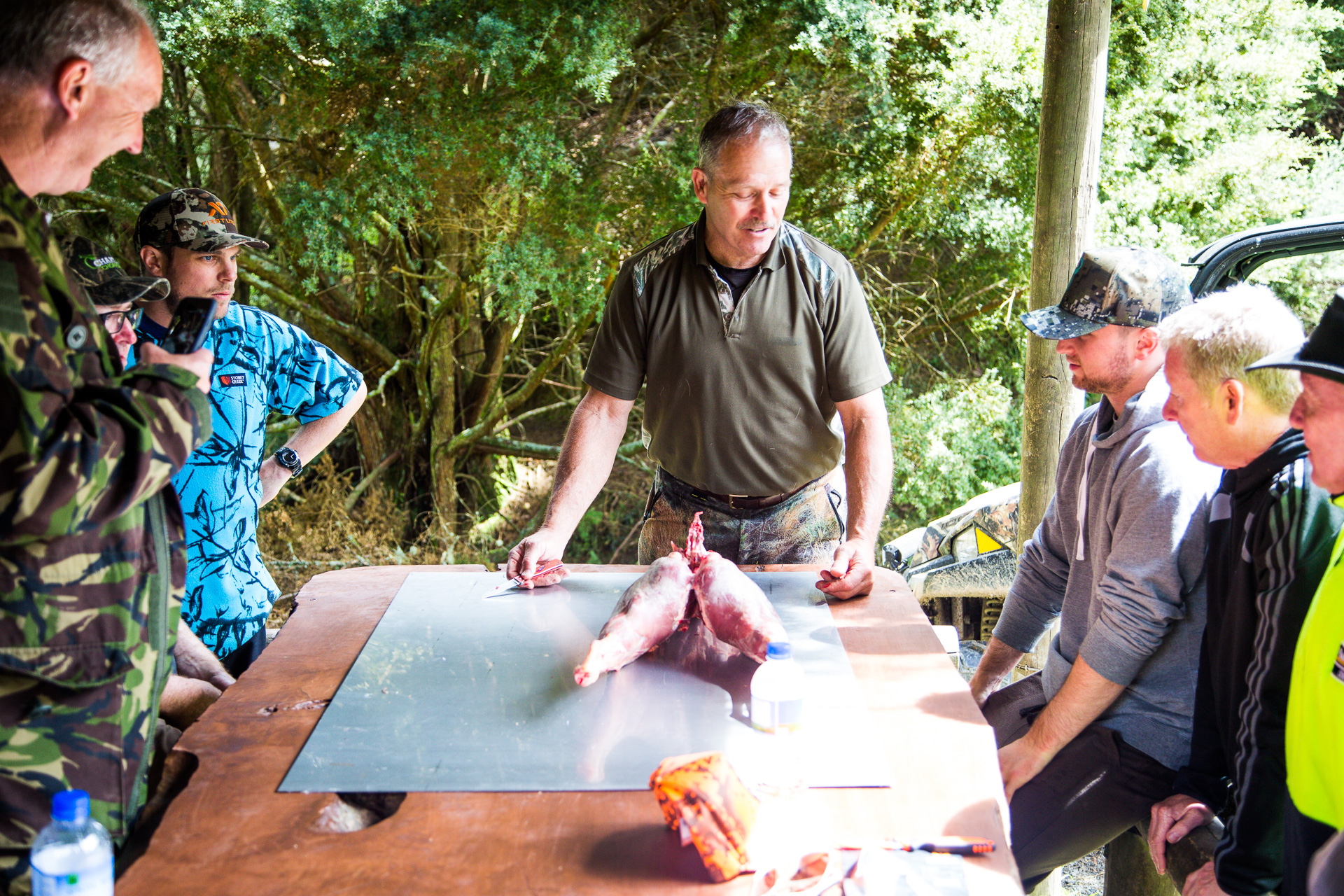
Cleaning and Maintaining Your Processing Tools
The importance of keeping your processing tools clean cannot be overstated. After all, these are the very implements that directly influence the quality of the meat you handle. It reminds me of a lesson I learned early in my deer processing journey: tools are an extension of one’s hands. With each slice and cut, you forge a connection between yourself and the natural world—a bond that deserves respect and care.
Start by ensuring every knife, saw, and container is thoroughly cleaned and sanitised before you begin. And when the task is complete, don’t rush the cleanup. This is a moment to reflect on the task accomplished: restoring tools to their pristine state is both a critical routine and a satisfying end to a day in the field. Wash them with hot, soapy water, and don’t shy away from using a brush to reach those nooks where remnants of sinew may linger.
Dry each tool meticulously—a simple but often overlooked step. Moisture is the enemy of sharpness and longevity. By drying your tools, you safeguard against rust and corrosion, ensuring they are ready to perform at their best the next time inspiration—or appetite—calls you back to the field.
Deer processing is an art that demands respect for every aspect of the process. Keeping your tools in top condition is not just about hygiene; it’s about honouring the skills and traditions passed down through generations. As you care for your tools, remember: this investment of time reaps the reward of quality meat and the deep satisfaction of a job well done.
- A sharp knife is crucial for efficiently skinning and processing the deer, reducing the risk of injury and ensuring clean cuts.
- Work with the deer hanging from its hind legs to make the process easier and more effective.
- Properly handling and storing deer meat can prevent contact with harmful bacteria, aligning with food safety guidelines.
- Cold weather can help preserve the deer meat, slowing bacterial growth, while warm weather necessitates quick processing.
- Maintaining the cleanliness of processing tools is essential to prevent cross-contamination and prolong tool longevity.
- Practicing patience and precision during deer preparation can lead to a more rewarding and satisfying hunting experience.
If a tree falls in the woods and no one hears it, does it make a sound? More importantly, does it scare away all the deer? #PhilosophicalHunter #ExistentialCrisis


